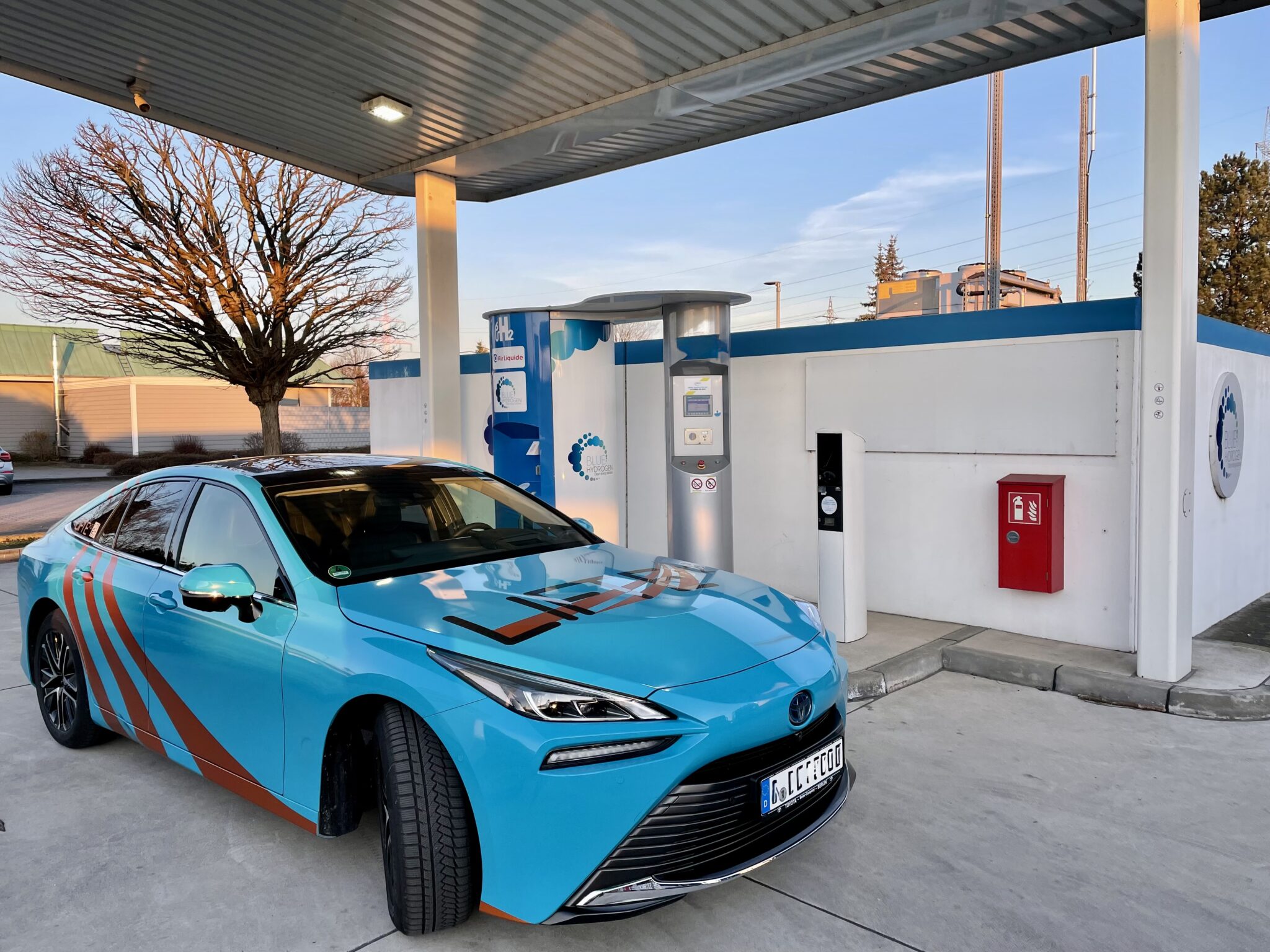
Project developers, hydrogen infrastructure operators and manufacturers face challenges with regard to the interface between gaseous hydrogen trailers and interfacing systems. This is partly due to fundamental differences in regulations and codes (e.g. PED vs. TPED equipment), but also because the industry lacks standards that define these interfaces. There are ongoing efforts to solve this problem through standardisation at both national and international levels. In Germany, the Industriegase Verband (IGV) is developing recommendations for these interfaces, and the international ISO TC 197 WG 39 has recently begun creating a technical standard. However, until a technical standard is released, which will most likely take several years, special attention is required for this interface, as it is often neglected in projects.
This case study addresses the challenges of interoperability between hydrogen trailers and refuelling infrastructure, offering practical insights into the current technological landscape and design considerations. Short- and long-term solutions to address the current challenges will be presented, complemented by LIFTE H2’s offerings around this interface.
- Current Trailer Technology Landscape
Currently, there are no standard interfaces defined for trailers. This results in individual and project-specific considerations around these interfaces, leading to increased variability.
If you would like to find out more about the various options available, the challenges recently faced by operators, and our solutions, please fill out the form below. We will then send you the full file via email: